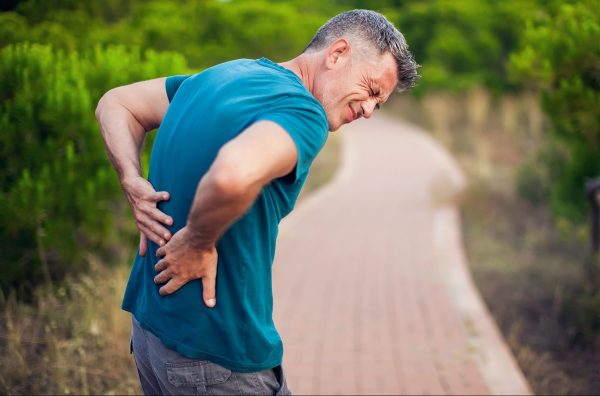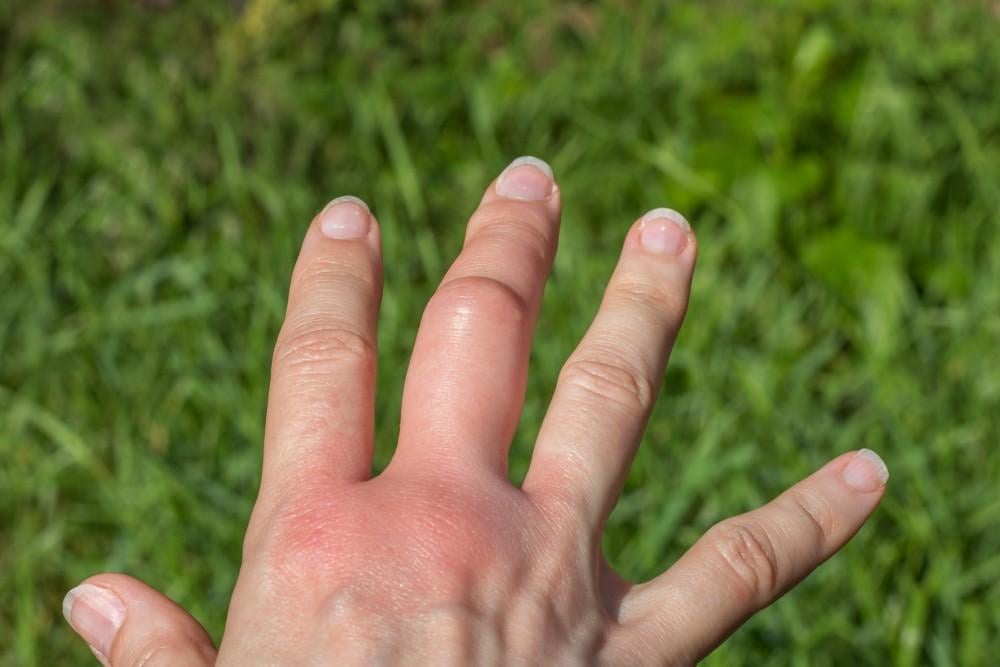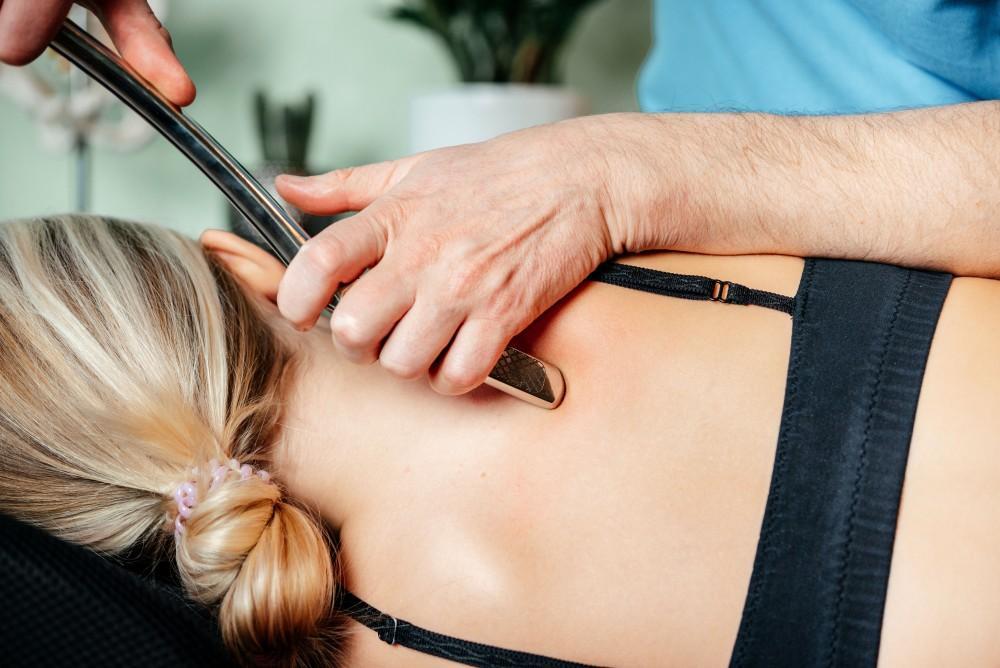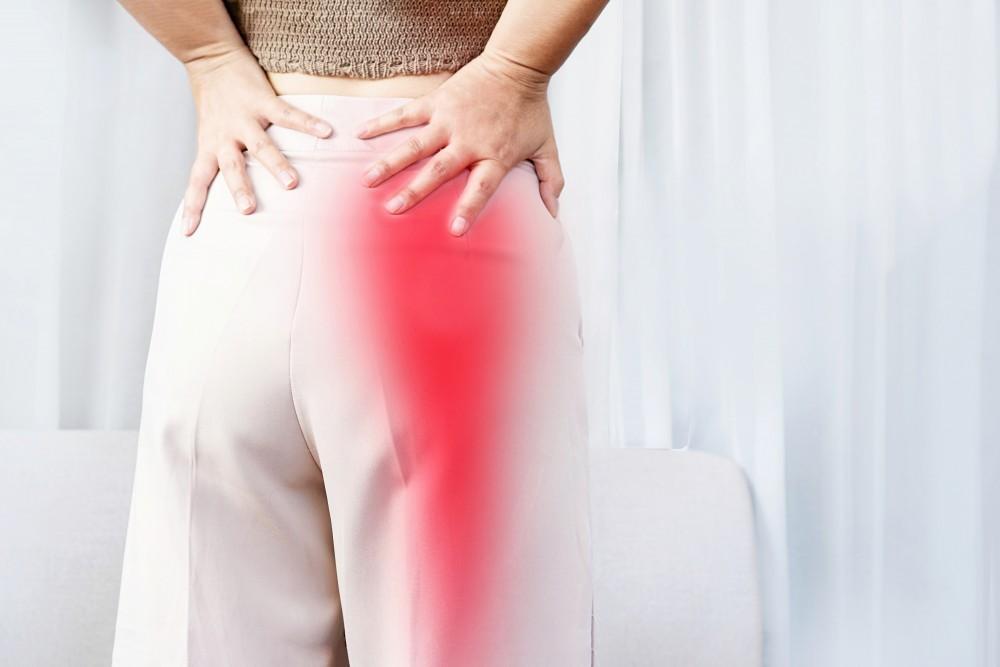If you suffer from back pain, traveling can lose some of its excitement.
Instead of focusing on the fun and adventure of seeing new areas and meeting new people, all you can focus on is your pain.
We understand. While most people will experience back pain at some point, travel just makes it worse.
Don’t let your back pain get in the way of creating wonderful new memories! If you suffer from back pain from sitting, here are some tips to make your travel easier.
5 Travel Tips to Avoid Back Pain From Sitting
1. Pack a Pillow
Having a pillow on hand can be an extremely useful tool if your travel will take more than a few hours. As it turns out, they’re useful for more than just in-car naps.
We recommend grabbing a pillow beforehand to help support your back.
Place the pillow by your tailbone to alleviate some of the pressure your lumbar disc is feeling.
Why exactly is this helpful? Because most of us have terrible posture, quite frankly. As you slouch or hunch your shoulders, you’re placing unnecessary pressure on your lower back.
Placing an object behind your back will correct your posture, or at least offset the pain.
2. Take Frequent Breaks if Possible
If you’re taking a road trip, be sure you allow for frequent stops. Not only will you give yourself that much-needed bathroom break, but your back will thank you.
Take this time to do some stretches to help your lower back.
And if you’re traveling with children, you can make a game out of it by taking a photo at each area you stop at.
If you are flying, don’t be afraid to stand up and walk up and down the aisles.
3. Bring a Heating Pad
If a pillow isn’t quite your style, you can always pack a heating pad for some quick relief.
They’re cheap, small, and best of all, effective.
Place the heat pack behind your back, and after about 15 to 20 minutes you should begin to feel better.
Another unit that can be useful is a TENS unit. This electro-therapy unit helps relax the muscles and helps manage muscle pain and aches.
4. Keep Your Feet Moving
If you frequently feel back pain from sitting, one of the best things you can do for yourself is keep moving.
Whether you’re in the air or on the road, make sure that your legs and feet are placed directly in front of you at all times. Your lower body needs the circulation.
If you don’t have much room, roll your ankles in small, tight circles. Roll each ankle around 10-20 times, then switch feet.
Then, lift your heels off the floor so you’re placing pressure on the balls of your feet. Rock your feet back and flex your toes. Repeat a few times each hour.
Try and stretch before, during, and after your trip. Your muscles will thank you as they tend to tighten up while sitting.
5. Prepare for Pre-Flight Pain
The airport is painful enough as it is. But those with back pain have things especially rough, so make sure you plan ahead.
Consider investing in a rolling suitcase so you don’t have to carry heavy bags.
Carrying heavy objects places a strain on your lower back, exacerbating any pre-existing pain.
Finally, wear comfortable shoes. The right shoe can be conducive to proper posture.
You’re going to be standing a lot between check-ins, security, and waiting to board. Make sure you’re prepared.
Now that you know how to prevent back pain from sitting, all you have to worry about is having a good time! Don’t let pain get in the way of living the life you want.
Make an appointment today and wave goodbye to your back pain for good.




